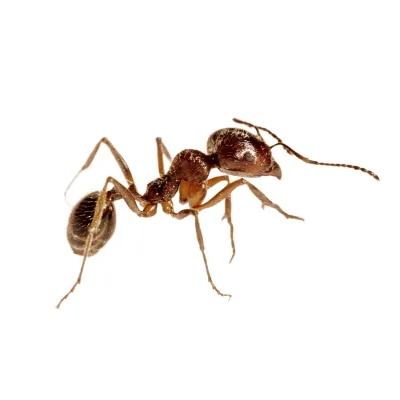
Insects
Varies by species, generally 1.5 to 13 mm
Range from light brown to black, with segmented bodies and three distinct parts: head, thorax, and abdomen.
6
Yes, elbowed
Some reproductive ants (queens and males) have wings during mating season.
Ants build nests outdoors in soil, under rocks, in wood, and near foundations. Indoors, they are commonly found in walls, under floors, and in food storage areas.
Ants are highly social insects found around the world, known for their organized colonies and diverse species.
While most ant species are harmless, some can become nuisances in homes and pose health or structural risks.
Ants are particularly attracted to food and water sources, which makes kitchens and pantries prime spots for infestations.
Ants vary in color, size, and behavior depending on the species. Common household ants are typically black, brown, or reddish.
Their segmented bodies are distinct, with a narrow “waist” between the thorax and abdomen.
Some ants are known to emit a noticeable odor when crushed, which can aid in identification.
Ants build extensive nests in soil, wood, or close to foundations and are highly adaptable, able to live both indoors and outdoors.
Worker ants leave pheromone trails to guide others to food sources, leading to the trails often seen in homes.
Certain ant species like carpenter ants can tunnel into wood, potentially causing structural damage, while others are attracted to sweet or greasy food.
While most ants do not carry diseases, they can contaminate food and surfaces.
Carpenter ants pose a risk to structures, as they burrow into wood to create nests.
Some species, like fire ants, can inflict painful stings that may cause allergic reactions in certain individuals.
Our support team is here and ready to assist with any questions or to schedule a pest control service whenever it’s convenient for you.


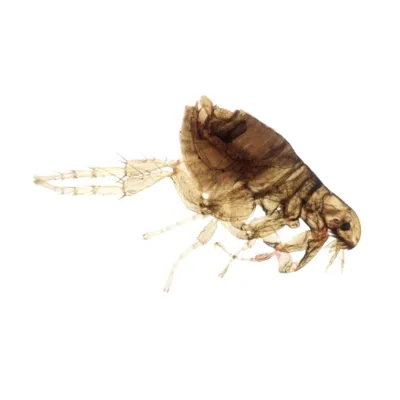
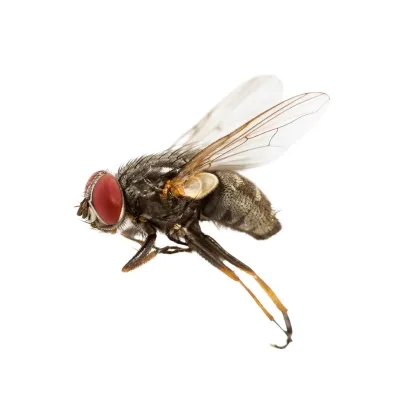


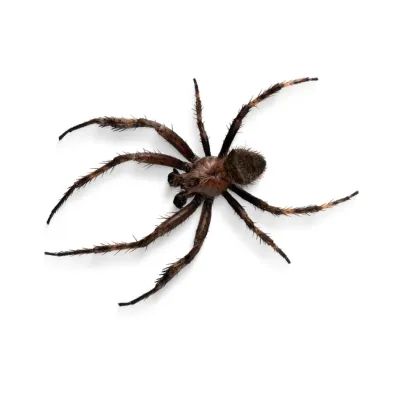
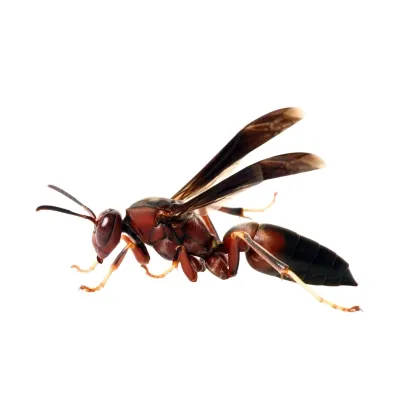

Copyright © 2025 Florida Pest Control Near Me
Designed by Digital Market Guru